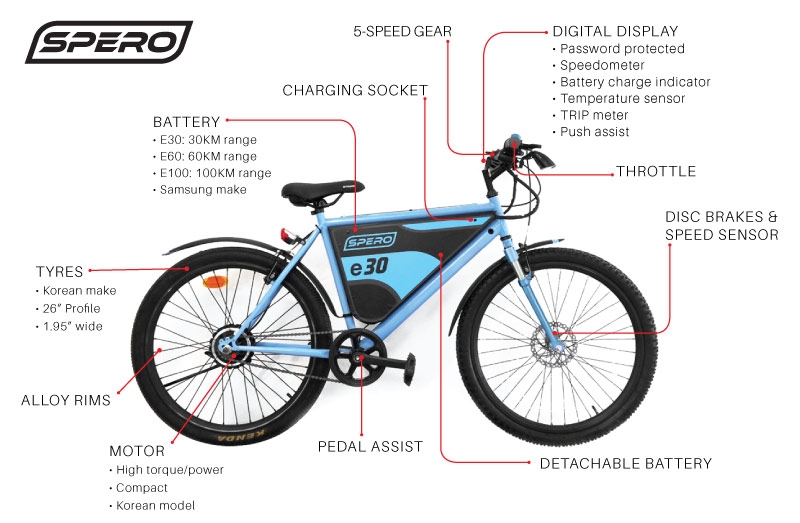An Understanding Into E-Bike Classes: Making Clear The Value Of Each Type
An Understanding Into E-Bike Classes: Making Clear The Value Of Each Type
Blog Article
Write-Up Developed By-Hollis Coyne
If you're considering purchasing an e-bike, comprehending the different courses is key in making a notified choice. You might be shocked at exactly how each class supplies special attributes that cater to various riding preferences and lawful needs. From pedal-assist choices to throttle-controlled versions, each class has its advantages. So, prior to you decide on the excellent e-bike for your demands, it's crucial to realize the differences between Class 1, Class 2, and Class 3 e-bikes.
Course 1 E-Bikes
Class 1 E-Bikes are defined as pedal-assist electric bikes that give assistance only when you pedal, stopping to do so when you get to 20 mph. These bikes are best for those searching for a little added boost while still intending to get some exercise. Class 1 E-Bikes provide a smooth transition between pedaling and electrical assistance, helping you dominate hills and fars away with ease. The electric motor begins as soon as you start pedaling, supplying a natural and uncomplicated trip experience.
One of the crucial benefits of Course 1 E-Bikes is that they're enabled on many bike courses and tracks where conventional bikes are permitted. This indicates you can check out new routes and appreciate the outdoors with no restrictions.
Furthermore, ebike offroad are environment-friendly and provide a lasting setting of transport, minimizing your carbon footprint while still getting you to your location successfully.
Class 2 E-Bikes
Carrying on from the pedal-assist dynamics of Class 1 E-Bikes, Class 2 E-Bikes introduce a new component into the electric bicycle world. These e-bikes feature a twist throttle feature, allowing you to ride without pedaling in any way. With this addition, you have the option to merely involve the throttle and allow the motor do the work, pushing you forward effortlessly.
Course 2 E-Bikes are ideal for bikers who might need a break from pedaling or call for aid when starting from a total quit. This feature makes them especially appealing for people with restricted flexibility or those that want a more leisurely riding experience.
However, it is necessary to keep in mind that Course 2 E-Bikes are still controlled by a speed limit of 20 miles per hour, ensuring safety and conformity with laws.
Course 3 E-Bikes
For cyclists seeking an extra vibrant electrical cycling experience, Class 3 E-Bikes deal improved rate and efficiency compared to their Class 1 and Class 2 equivalents. Course 3 E-Bikes are called "rate pedelecs" and can get to speeds of up to 28 miles per hour, giving a thrilling ride for those looking for an added increase. These bikes come geared up with a pedal-assist system that kicks in when you start pedaling, making it less complicated to keep greater speeds with less effort.
One essential feature of Course 3 E-Bikes is that they aren't limited to bike lanes only; they can additionally be made use of on streets where the speed limit is 30 miles per hour or reduced. This versatility permits bikers to navigate via traffic much more efficiently while still delighting in the advantages of electrical help.
Nevertheless, it's vital to remember that some locations might have certain laws pertaining to using Course 3 E-Bikes, so always examine local laws before hitting the road.
Final thought
So, since you comprehend the differences between Class 1, 2, and 3 E-Bikes, you can make an educated choice on which kind ideal suits your demands. Whether have a peek at this site favor pedal-assist, throttle function, or greater rates, there is an E-Bike course around for you. Remember to consider your local policies and individual choices before making your selection. Delighted riding!
